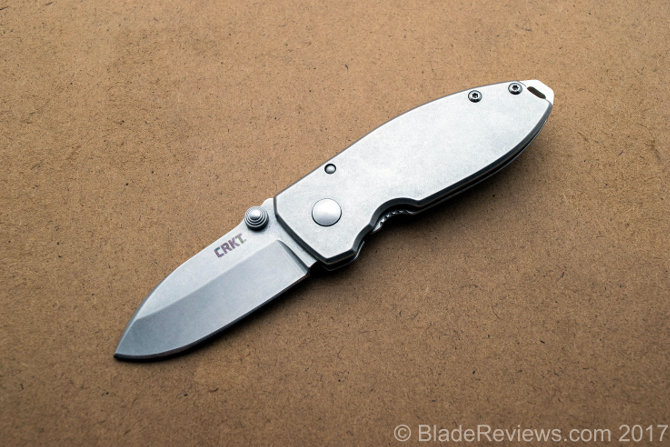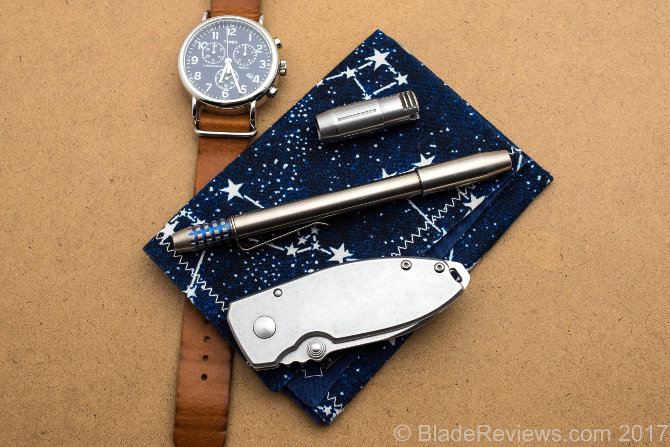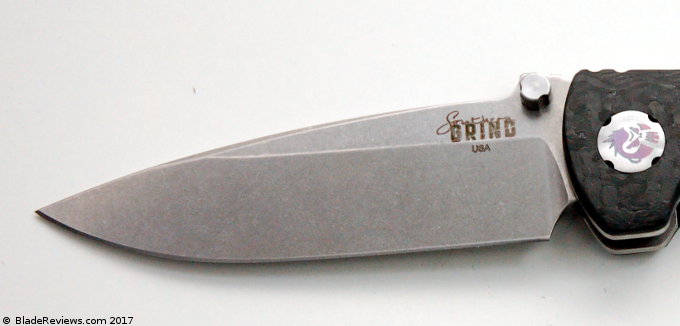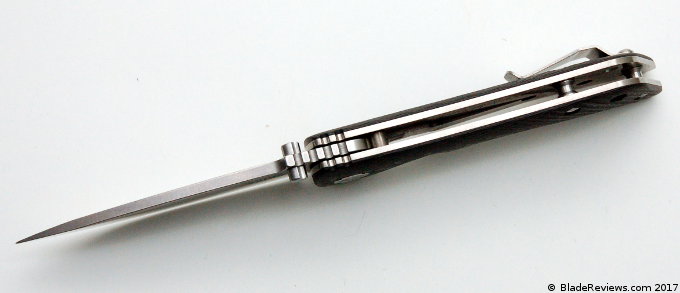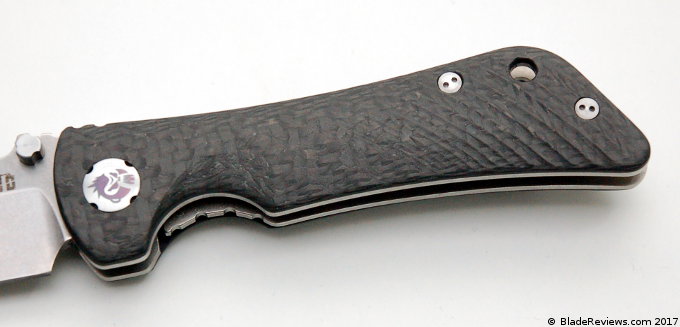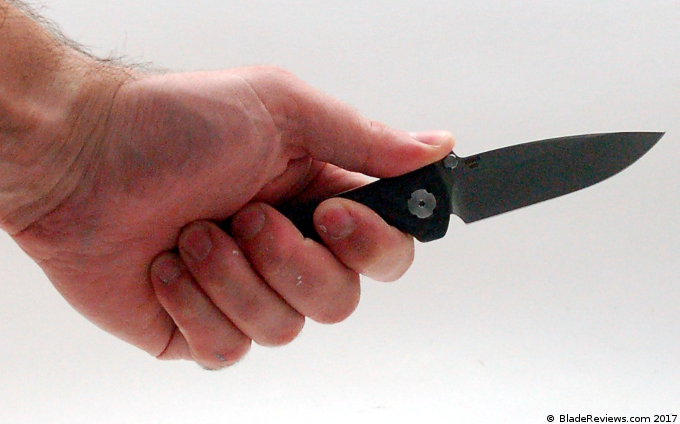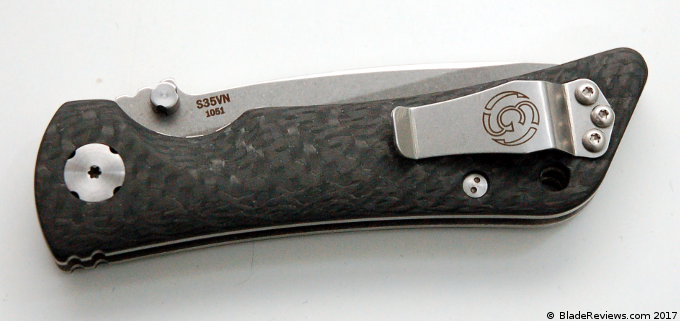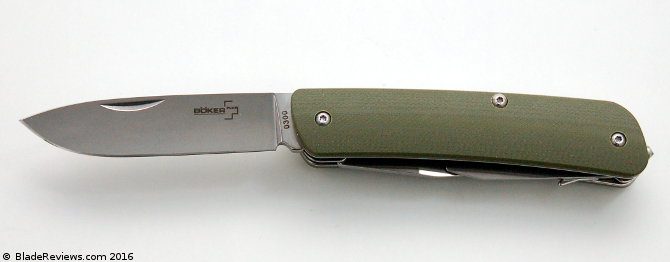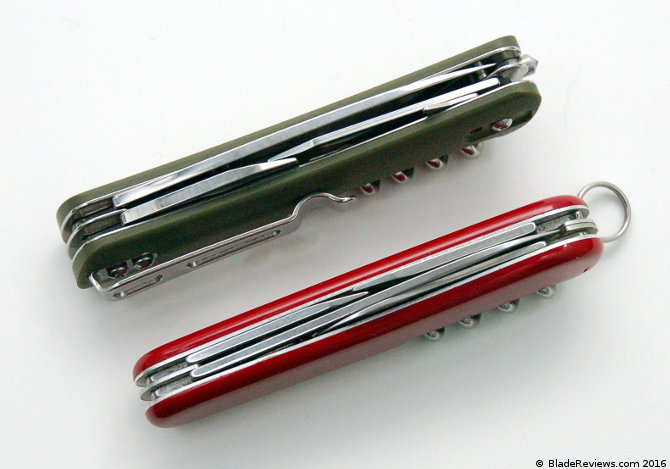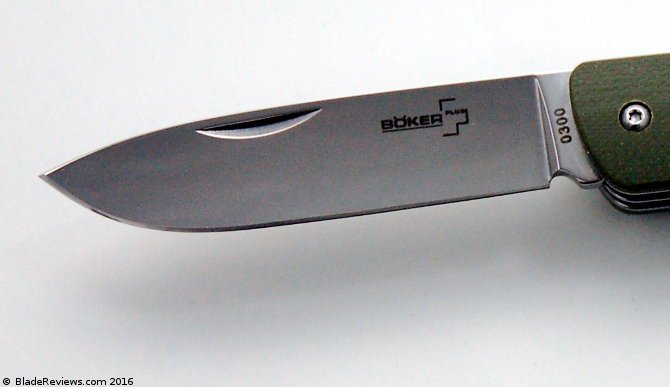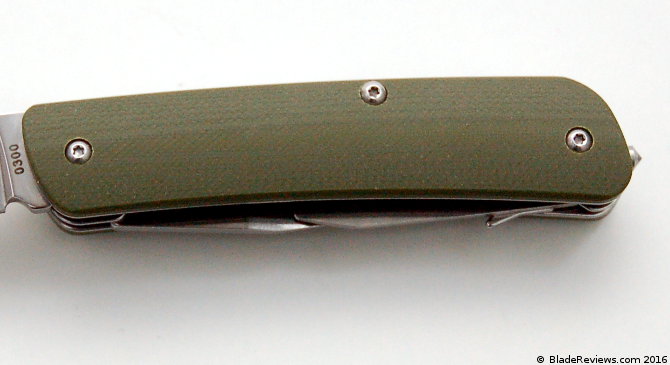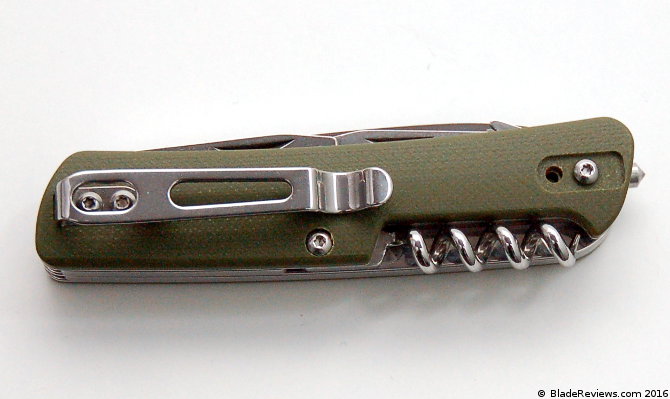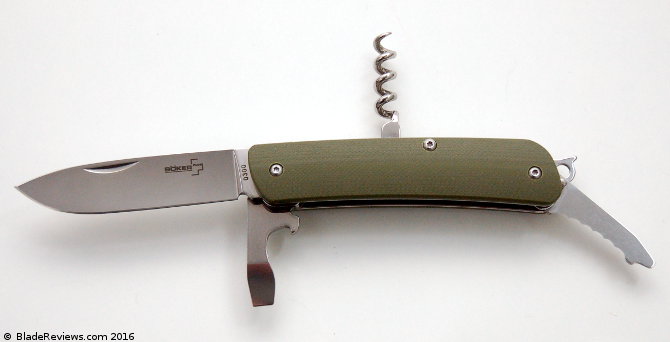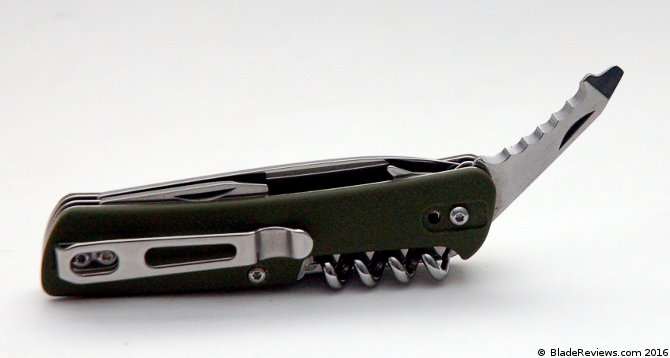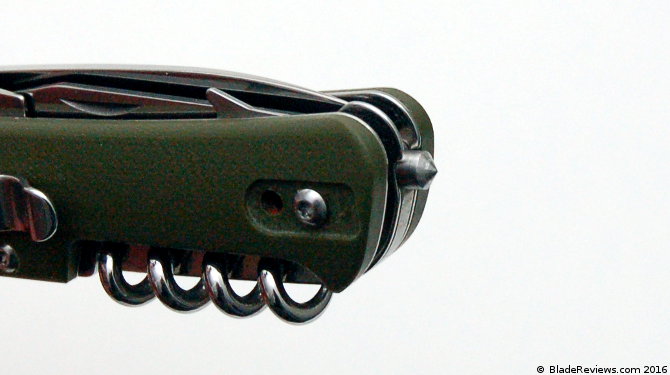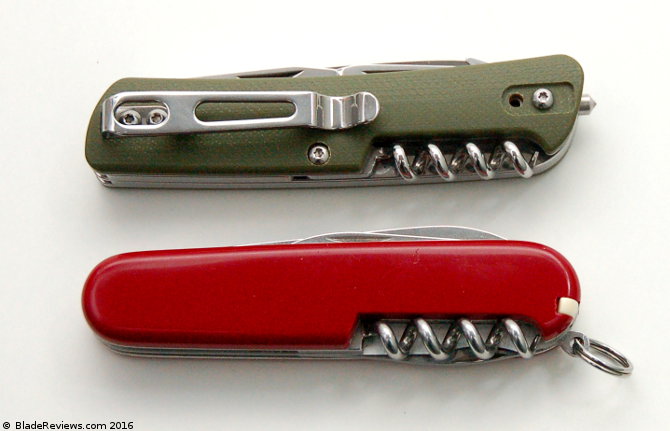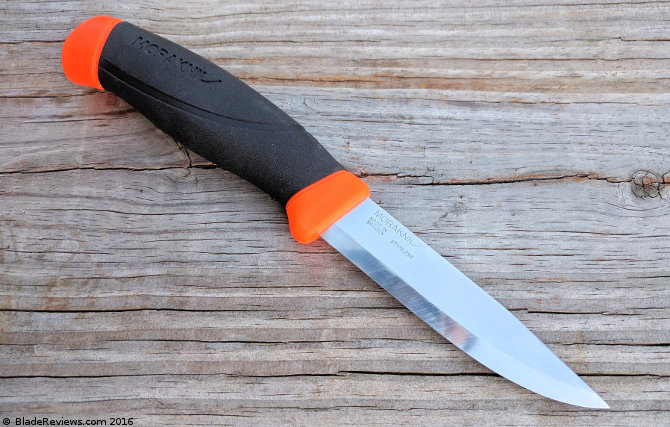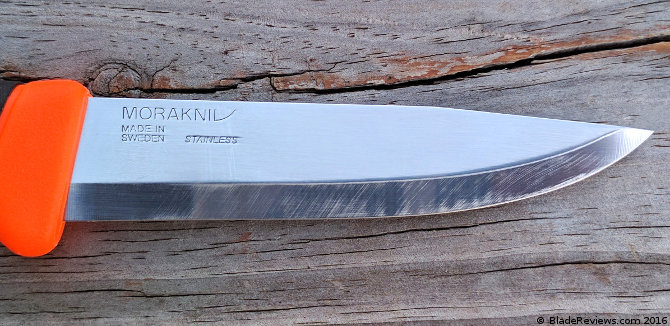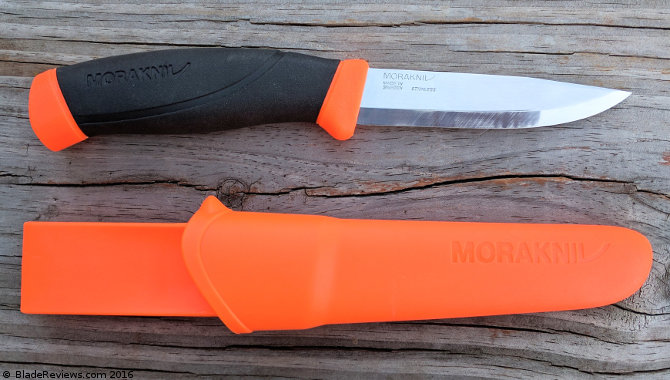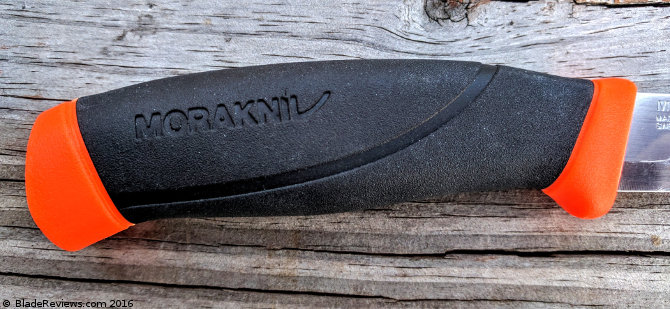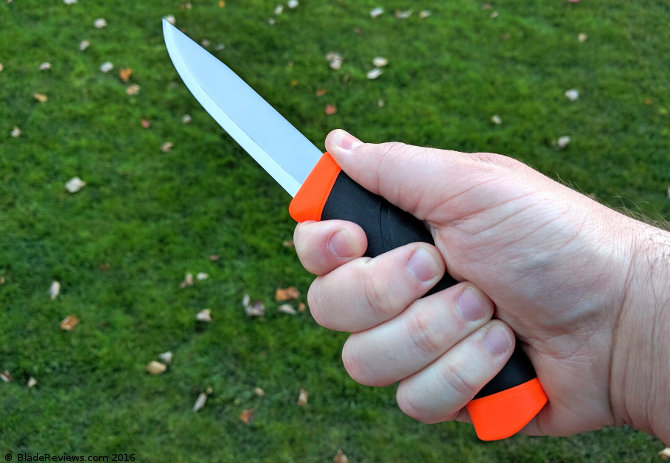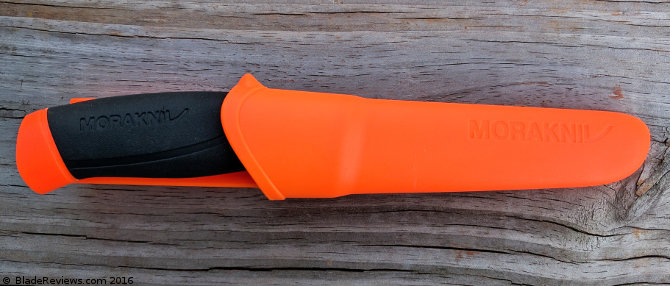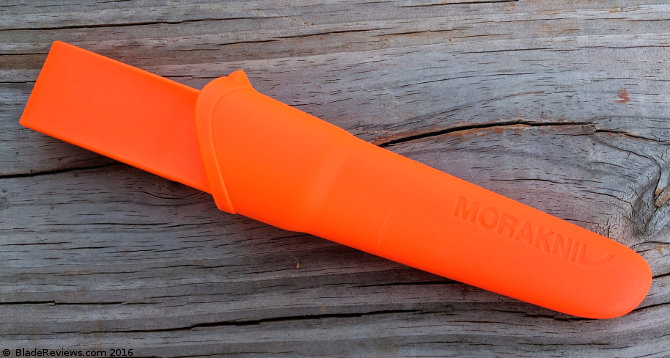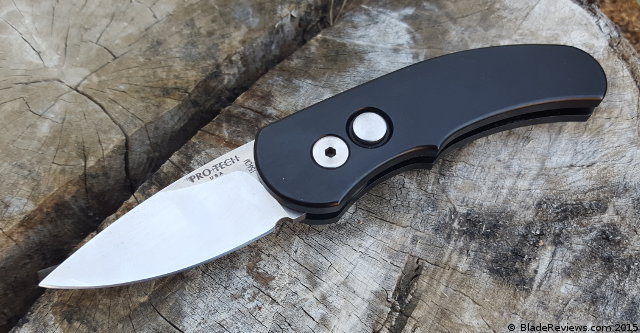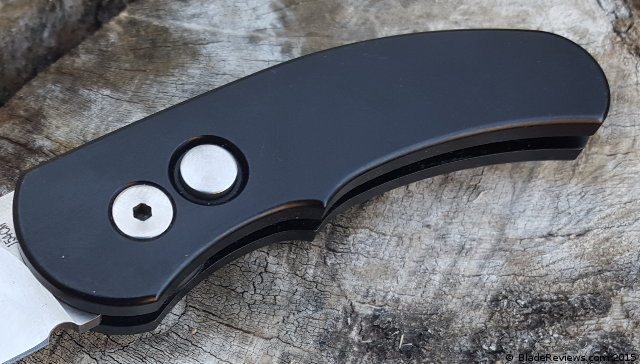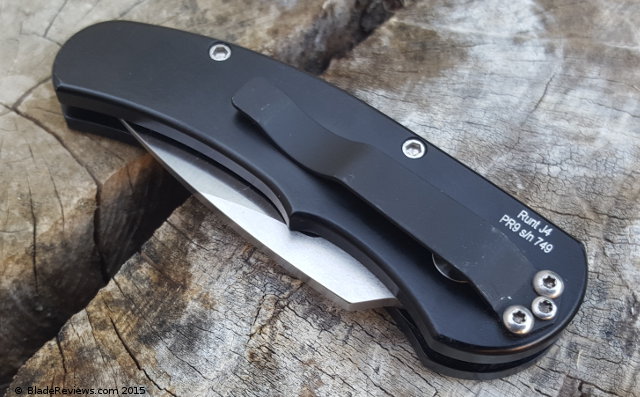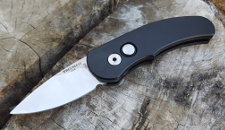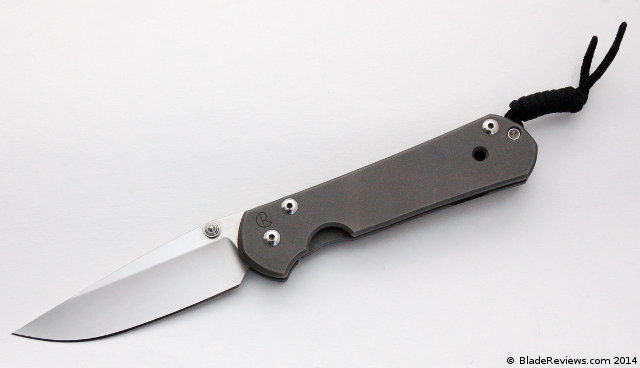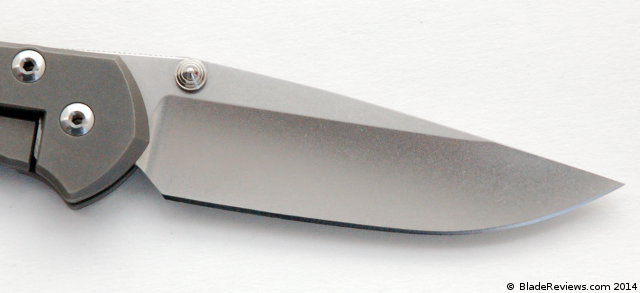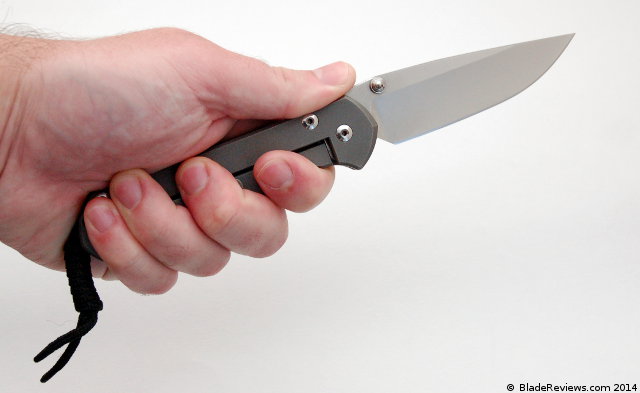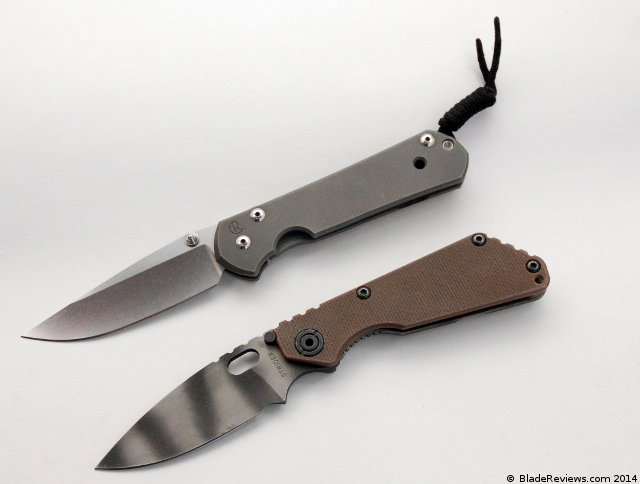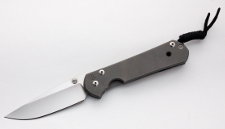I’ve listened to Gear Geeks Live practically since its inception. My commute is around 4 hours round trip, so that’s a lot of time spent in cars trying not to look at my smartphone, and podcasts help with that. One particular episode is always easy to recall, and that’s the episode where Thomas W. (of KAI USA) drops in for an interview/argument. While most of that episode was spent arguing over whether the Cryo 1.0 is a good knife, one of the tidbits teased was that Kershaw was going to dive into the sub-$20 waters with a new product line.
It sucked.
One could argue that this line was doomed to failure because of its dedicated use of 4Cr14, that they looked like the gas station knives Nick Shabazz has so much fun with, or because they all weighed more than a brick shithouse with a full septic tank, but I think the real reason they flopped was different. That reason, you ask? Simple. There’s already an apex predator in these waters, and that’s CRKT.
Before anyone cries Gerber, they don’t count. I’d sooner go near a blender in a Gremlins remake. No, the real top dog in the world of truly budget blades is Columbia River Knife and Tool. They’ve had their problems, sure, but on the whole their budget knives have been quietly successful among enthusiasts and big box shoppers alike. The CRKT M16 is the gateway drug for many a poor knife nut’s wallet.
Enter the CRKT Squid. Designed by Lucas Burnley, the Squid is based off the custom offering of the same name. Burnley is better known for the now ubiquitous Boker Kwaiken, but the Squid has a surprising following. Not only is there enough interest to warrant several special editions, but there’s enough demand that a small market for custom scales has popped up. How could a $15 knife be compelling enough to warrant this attention?
General Dimensions and Blade Details
This knife is portly. It’s an all steel 3.5 oz sandwich, and there is no getting around that. The 2.25” blade is housed in a 3.5” long handle. I won’t sit here and try to convince you that the weight is a practical issue: it isn’t. The balance isn’t great, but other than that, the Squid’s weight won’t come up in use. I’m still not a fan. There’s an argument to be made that more weight is a selling point for big box consumers, as they equate weight and quality. I won’t denigrate people who feel that way, but I know better than them and they’re wrong I respectfully disagree.
Overall the Squid is well made, especially considering the price point. Centering is good, the grinds are even and clean, and there aren’t any stray machining marks. The one complaint I can register is the aluminum backspacer. First of all – and I know this is subjective – it’s ugly. The off-silver/greyish color doesn’t look right alongside the stonewashed steel scales. Just anodize it. Black, green, blue, whatever. It’d fit the ‘cute’ aesthetic the Squid already has. Second, the backspacer is ground unevenly. It’s not a practical concern, but I’ve whined about lesser sins.
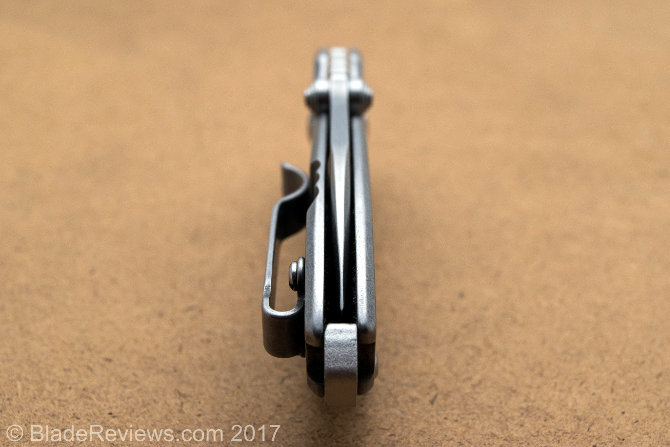
This knife cost me just north of $15.00. It has 8Cr13MoV. What else did you expect? It’s a budget steel, but a fine one, all things considered. I haven’t experienced any rust, and the microchipping I did run into vanished after a few passes on the Sharpmaker. Regular stropping is recommended. It’s listed as a hollow grind, and the stock isn’t very thick; only .11”. Unfortunately it’s not a particularly thin hollow grind, nor is it very high, which makes it somewhat thick behind the edge. For cardboard, paper, or packages, you’d never notice an issue. I did during food prep, but how often will you use a 2” knife in the kitchen? I’m guessing somewhere between ‘never’ and ‘when it’s the only knife that can cut.’ Is it a big deal? No, but it caught me off guard.
Handle, Ergonomics, and Carry
Normally, I open up this section with a bit on the visual appeal of the handle. I try to answer questions like: is it attractive?, was it difficult to produce?, etc. For whatever reason, I can’t do that with the Squid. I’m not saying that the Squid is unattractive, but I think I’d be blowing smoke up the readerships’ collective asses if I tried to praise it effusively. The stonewash is nice, I suppose; but nothing that gets me out of my seat.

The ergonomics are okay. I haven’t noticed any hotspots, but the stainless steel handles are pretty slick. It’s a slim knife and doesn’t fill the palm very well. The custom versions appear to have thicker, contoured handles which would alleviate the aforementioned problems. Without a lanyard, the Squid is definitely a three finger knife, but on a knife this small you can’t exactly expect more.

Given its weight, I was surprised to find that the Squid was a pretty quiet companion. For the most part I carried it at work, which means thick pants and a good, sturdy belt to support those extra 3.5 oz. The clip allows for discreet carry, and everything about the Squid that makes the grip questionable makes it carry like a dream.
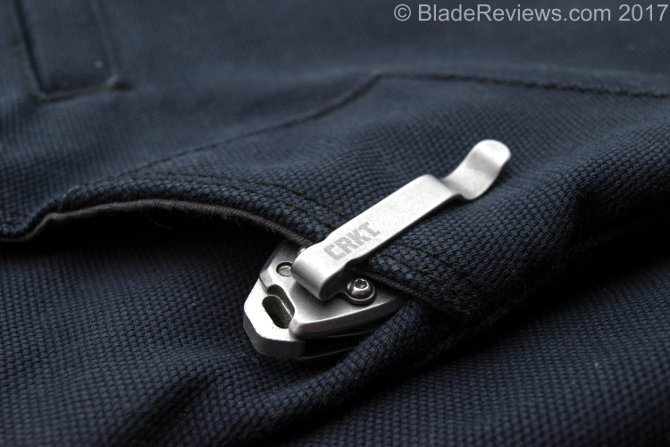
Deployment and Lock-up
Deployment on the Squid is a fairly simple affair. The thumb studs are well placed and not pokey enough to snag on pockets or split your finger. Sure, the detent is a bit weak for my taste, but you can slow roll or coin flip the Squid open, and that’s what counts. Teflon washers give the action a bit of a hydraulic feel. Not so nice that I develop carpal tunnel from flicking it, but on par with much more expensive offerings.
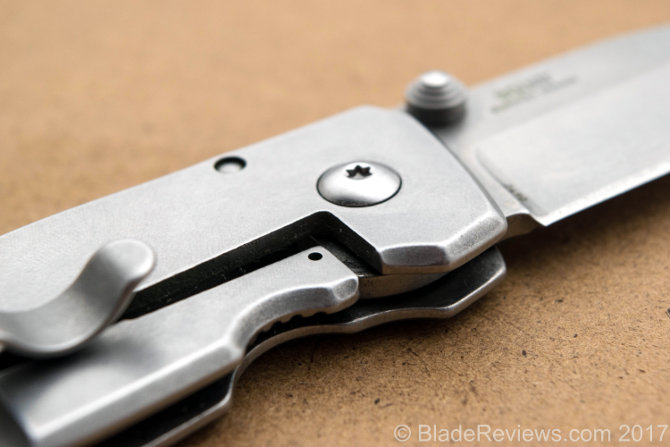
Regarding the lock, there really isn’t much to say. It’s a stainless steel framelock. I haven’t experienced any lock rock or blade play, and due to the absence of titanium there’s certainly no lock stick. However, I’ve experienced all three of those issues on framelocks that cost ten times what the Squid does, so maybe this is more of a feat than I’m giving CRKT credit for.
CRKT Squid Review – Final Thoughts
Ultimately, I don’t think I’ve bought into the Squid’s popularity. Don’t get me wrong, I understand why it’s as popular as it is. The Squid hits most of the ‘hype’ buttons the Cryo did at a lower price point, has (in my experience) better F&F, and in my opinion features a more attractive design. That said, it’s quite heavy for its size, the ergonomics are wanting, and it’s called a squid when that is clearly the body of a cuttlefish.
Furthermore, reviewing this knife has given me some perspective on the cottage industry surrounding the Squid. Most of my quibbles could be solved by a replacement scale: the weight would be cut by a third, the slick handle could be replaced by a more tactile material, and while I’m at it I could get that backspacer replaced. Will I order one? It isn’t likely, but hand me enough bottles of porter and you never know what might happen.
How does the Squid stack up to the competition? Well, that’s tough to answer. I’ll stand by my claim that CRKT is the boss hog of budget blades, but once you get up into the middle tier value knives it’s a different situation. As much as I put down Kershaw’s sub-$20 products, anything they produce around the $50 mark is pure gold. If you can save up it’s probably worth your time to do so.
Still, it can’t be overstated that $15 is a far cry from $50. For the money it’s tough to beat out the Squid. The design is friendly enough that your co-workers won’t be wigged out, useful enough that you’ll always be glad to have it on you, and cheap enough that you won’t regret buying it if you do purchase more expensive knives down the line. If that sounds appealing, give the Squid a shot. I’m glad I did.
- Easy to Sharpen: High carbon stainless steel blade takes an edge well
- Enhanced Protection: Black stonewash is durable and ages well
- Maximum Control: On blade friction grooves for grip
- Low Profile: Pocket clip provides secure carry
- Designed by Lucas Burnley in Bend, Oregon
I recommend purchasing the CRKT Squid at Amazon or BladeHQ. Please consider that purchasing anything through any of the links on this website helps support BladeReviews.com, and keeps the site going. As always, any and all support is greatly appreciated. Thank you very much.
